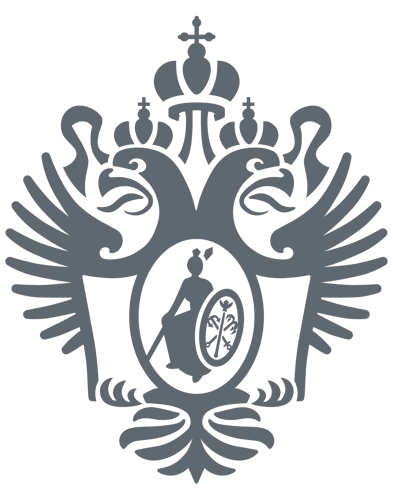The PIV method makes it possible to record instantaneous velocity fields in the measurement plane and observe the instantaneous flow pattern within the light sheet plane.
Advantages of the method include:
- non-intrusive measurements;
- wide dynamic range of measured velocity (of the order of 500:1) which allows for studying complex turbulent flows using the PIV method;
- the ability to record the instantaneous spatial distribution of velocity;
- the ability to obtain information about the dynamics of structures and their size and to calculate the differential characteristics of spatial and spatio-temporal correlations and statistical characteristics of the flow.
Methods of digital flow visualization are currently in demand for practical applications:
- in the aircraft industry;
- in industrial wind tunnels for the full airflow patterns over aircraft, car and bridge components; in energy production, chemical industry, oil and gas industry, mechanical engineering (for effective diagnostics and optimization of aero- and hydrodynamics of actual devices or their models);
- for physical modeling in medicine to observe the work of artificial blood vessels and valves.
The general structure of the PIV method is shown in a figure below:

Instantaneous velocity field measurement in the target area of the flow is based on determining particle displacement in the target area over a fixed time interval (Δt) between two flashes of a double-pulsed laser. The target area is a part of the light sheet plane defined by the specifications of the recording optical system such as a CCD digital camera. Post-processing of the image frames 1 and 2 allows to calculate particle displacement over the time (Δt) and generate a two-component velocity vector field. Two-component values of velocity vectors are projections of real (three-dimensional) flow velocity vectors in the target area onto the plane of the recording optical system (module).
The PIV method uses correlation algorithms of image processing, dividing the flow field into basic measurement volumes. For each measurement volume the correlation function of the particle displacement is then calculated. There are two basic types of correlation algorithms:
- an autocorrational algorithm, in which the digital camera captures the initial and final positions of particles onto a single image frame;
- a cross-correlational algorithm, in which the initial and final positions of particles, recorded in two consecutive points in time with a time delay of Δt, are captured onto separate image frames.
Each image frame of the target area is divided into X by X pixel basic measurement volumes so that there are at least several particles in each measurement volume. The size and number of measurement volumes in the target area remain constant for the whole process of calculating the velocity field. The second (final) image frame defines the search area, the size of which should be limited to the maximum measurable particle displacement within a measurement volume. In the PIV method, the optimal measurable displacement is quarter the linear size of the measurement volume, by Nyquist–Kotelnikov theorem.
Knowing the time delay between laser pulses (Δt) and most probable particle displacement (D) one can calculate the velocity in a measurement volume:
V = S D / ∆t,
where S is a scale factor used to convert velocity to m/s.
Such calculation performed on the basic measurement volumes allows to calculate the instantaneous velocity field in the target area. The instantaneous velocity field is a velocity field averaged over a time interval ∆t, which is usually two or three orders of magnitude lower than the minimum characteristic times of the flow.
The correlation of the image frames involves:
- the standard window overlapping technique;
- filtering of the correlation function in the frequency domain.
The calculation of the velocity field is performed using iterative algorithms, false vectors correction and removal of spurious vectors methods, which ensures high accuracy of calculation and increases the dynamic range of the measurements.
After measuring a sufficient number of instantaneous velocity fields in a stationary turbulent flow it is possible to calculate the fluctuating velocity field static moments of different orders.
- average velocity components;
- second order moments or Reynolds stresses;
- third order moments etc.



